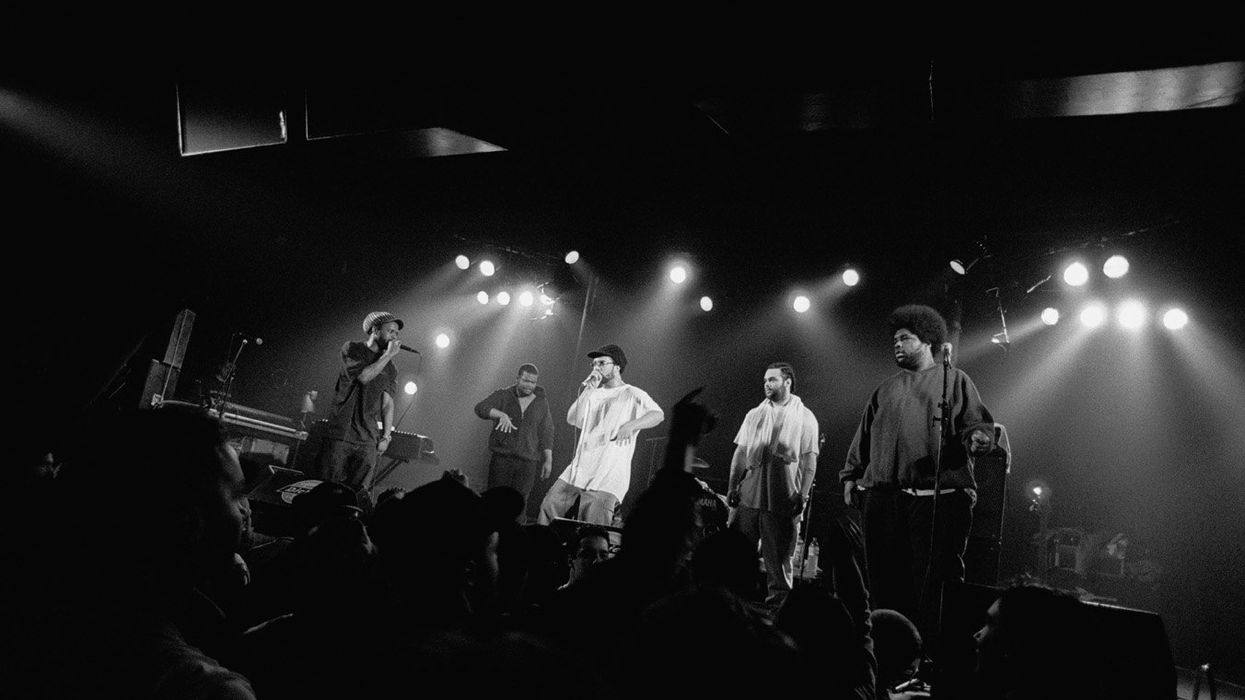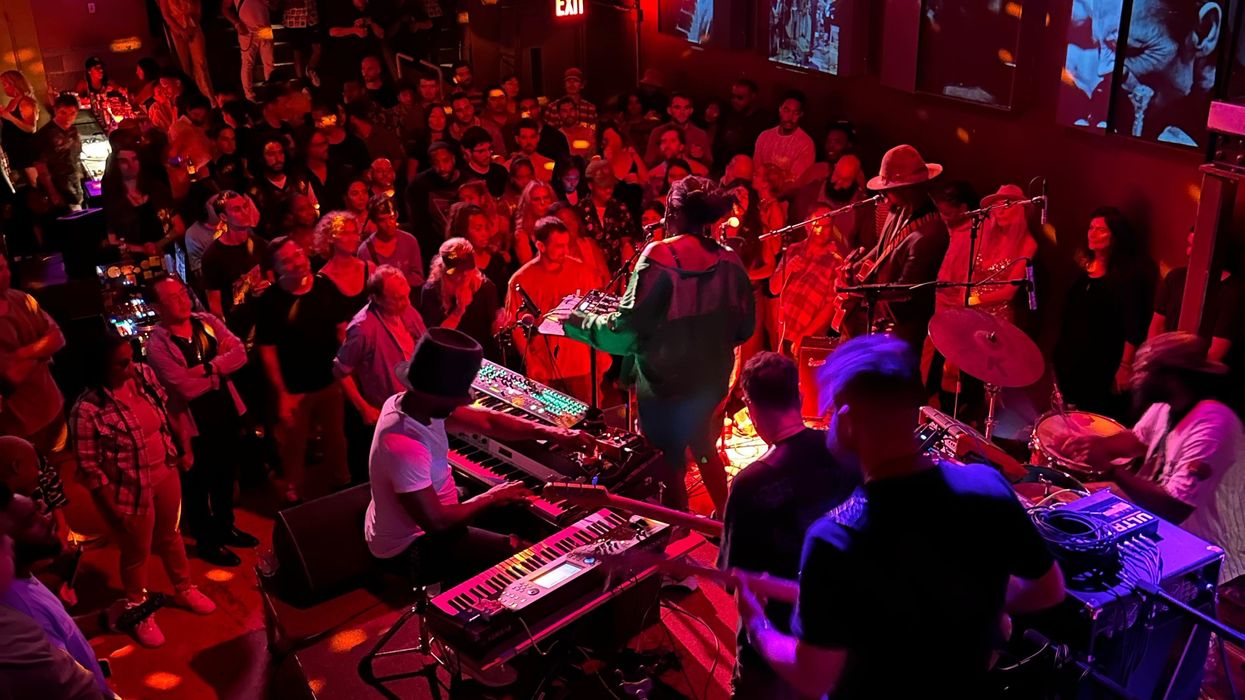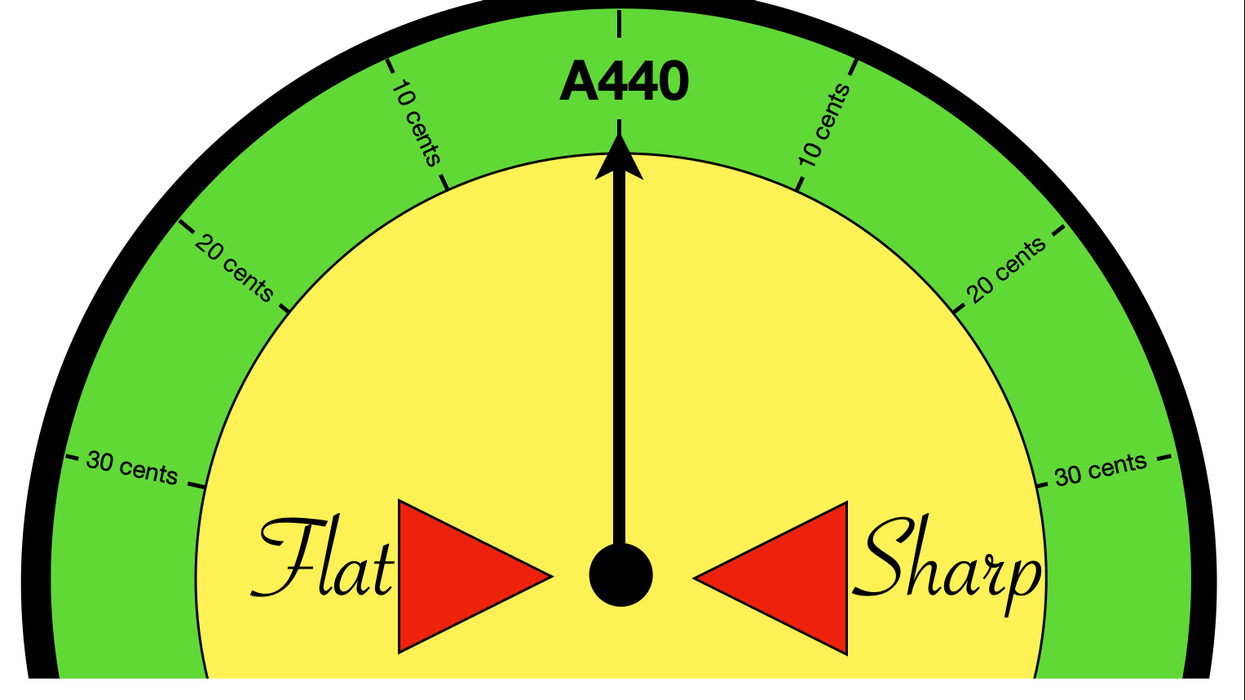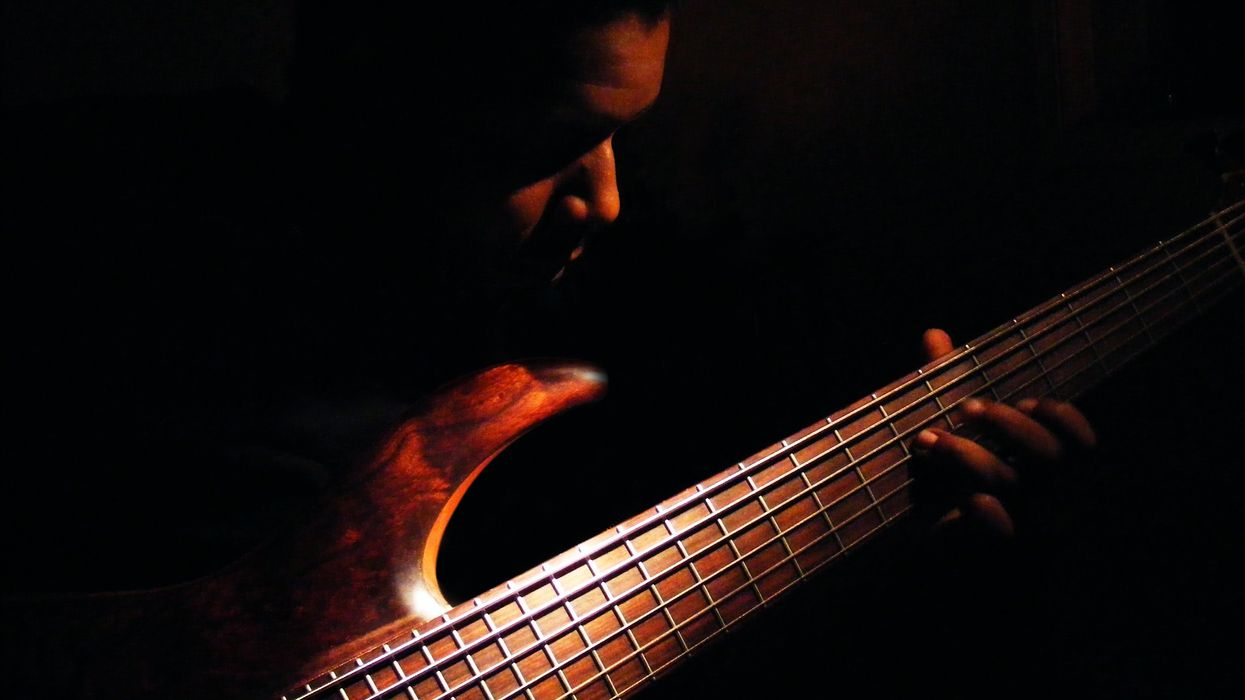Would you believe that I once auditioned for the J.B.’s … on organ!? Unfortunately, it happened. In 1992, my manager at the time somehow convinced me to accept a studio session and failed to mention that this session was on Hammond organ, with the J.B.’s! Needless to say, it didn’t go well, and thus, I continued to admire James Brown’s music, on bass, from afar.
About James’ important music: In the early 1900s, an important change took place, driven by the Black folk musics of the time. Rather than following traditional accompaniment roles reinforcing root notes, providing a rhythmic background, or punctuating dramatic moments, drummers and bassists began doing something different. Driven by new rapidly evolving repertoire, some forward-thinking virtuosos started developing bass lines and drum patterns based on short, repetitive rhythmic phrases, creating a groove culture.
Forty or so years on, this led to one of the grooviest periods in music history, when what came to be known as funk rose to prominence. I want to state clearly from the outset that I do not believe that groove as an innovation—and thus funk, or musicians such as James Brown, Bobby Byrd, and their crew—has gotten appropriate credit for what it brought to the world. I’m naming people here, but most music is a community effort. Funk was no different. It was the development of a vast collective, which involved many great musicians. But James Brown, Bobby Byrd, and their musical circle—the Famous Flames, the J.B.’s, etc.—did a whole lot to get the ball rolling!
To really appreciate the massive contribution that funk made to the very concept of groove, one really needs to only listen to music pre 1965 (including the Famous Flames’ own songs), and then compare this with what was happening by 1970. In 1965, James Brown’s “Papa’s Got a Brand New Bag,” which distilled a few important groove innovations from James’ earlier songs, was a turning point. To me, this period sounds as though they traveled forwards in time to a parallel dimension and came back with the unadulterated funk! A few years earlier, they were singing songs like “Please, Please, Please.” By 1970, with the release of songs like “Get Up (I Feel Like Being a) Sex Machine,” “The Payback,” and “Funky Drummer,” they were now in the midst of a whole new branch of musical evolution. This music was so different that it changed the way singers sang, audiences listened, and even the way people danced to music.
“I can remember digging through my dad’s record collection as a young kid in the early ’80s. I will never forget the day that I stumbled upon the James Brown section.”
The drums were now front and center, playing hard, delivering repetitive patterns based on a backbeat. There was little to no variation, and that was the entire point. The remade bass role now followed a similar concept of stripped-down repetition—we’re talking about bass lines that only involved two to three notes. Each musician, from the guitarist to the horn player, had specific parts, which fit together like a jigsaw. This was important enough for James to fine musicians for straying too far too often. An entire song might only consist of two sections, a vamp and bridge, and that vamp might go around for five minutes before the bridge ever happened.
I can remember digging through my dad’s record collection as a young kid in the early ’80s. I will never forget the day that I stumbled upon the James Brown section. Even back then, some 15 years after these records had been released, I knew that there was something very different that these guys were doing. It sounded like an earlier version of what I heard so many artists doing at the time, but I didn’t know to call it funk. I did, however, realize that I wanted to learn to play that way.
Of course, what James’ band did in the ’60s and ’70s also formed the foundation for what came soon after: Sly and the Family Stone, Parliament Funkadelic, Cameo, Tower of Power, the Meters, Earth, Wind & Fire, Kool & The Gang, the Ohio Players, the Doobie Brothers, Rufus, and, eventually, hip-hop. This puts James, Bobby, and their circle at the center of a lot of amazing music. But if we were to consider their contributions to groove itself, we should probably see them as the root of almost everything remotely groove-based post 1970!
At the very least, I am convinced that much of my own approach to music, and certainly to bass, was shaped by the sound they created. To this day, when I am in the studio thinking about how a kick, snare, or bass should sound, or how a groove should feel, I am thinking of their groundbreaking records, recorded almost 60 years ago! I am certain that there are a whole lot of other musicians who are doing the same, even if they are not aware.


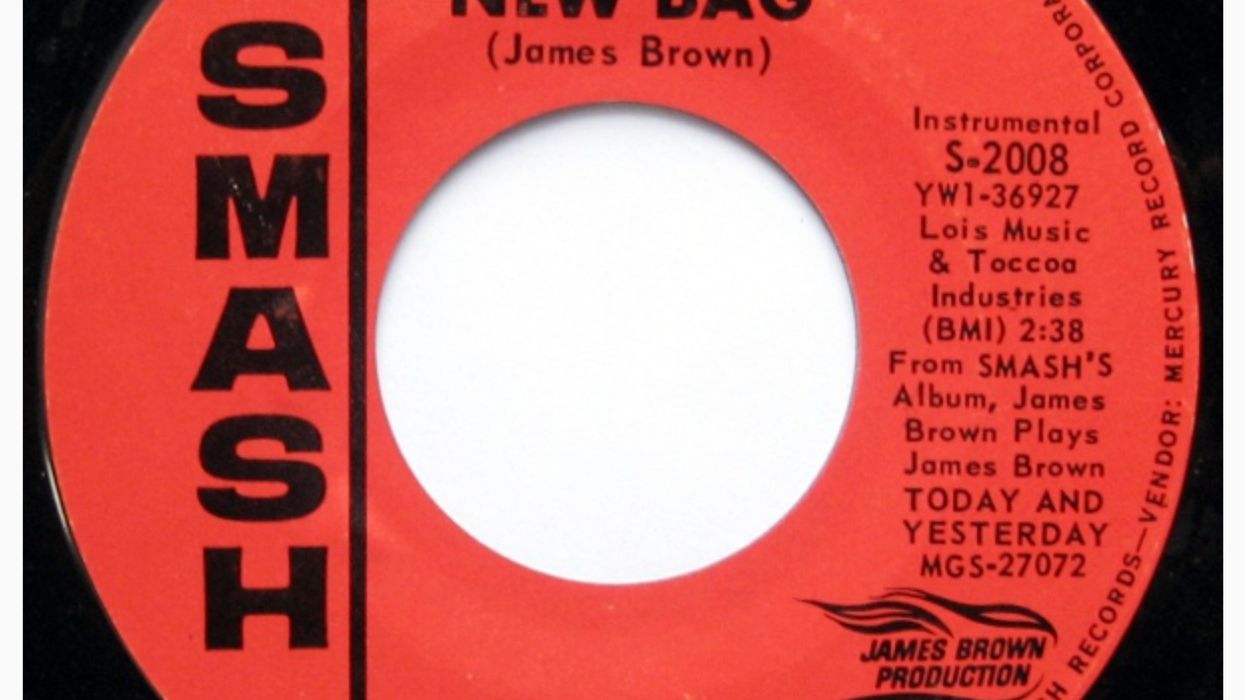


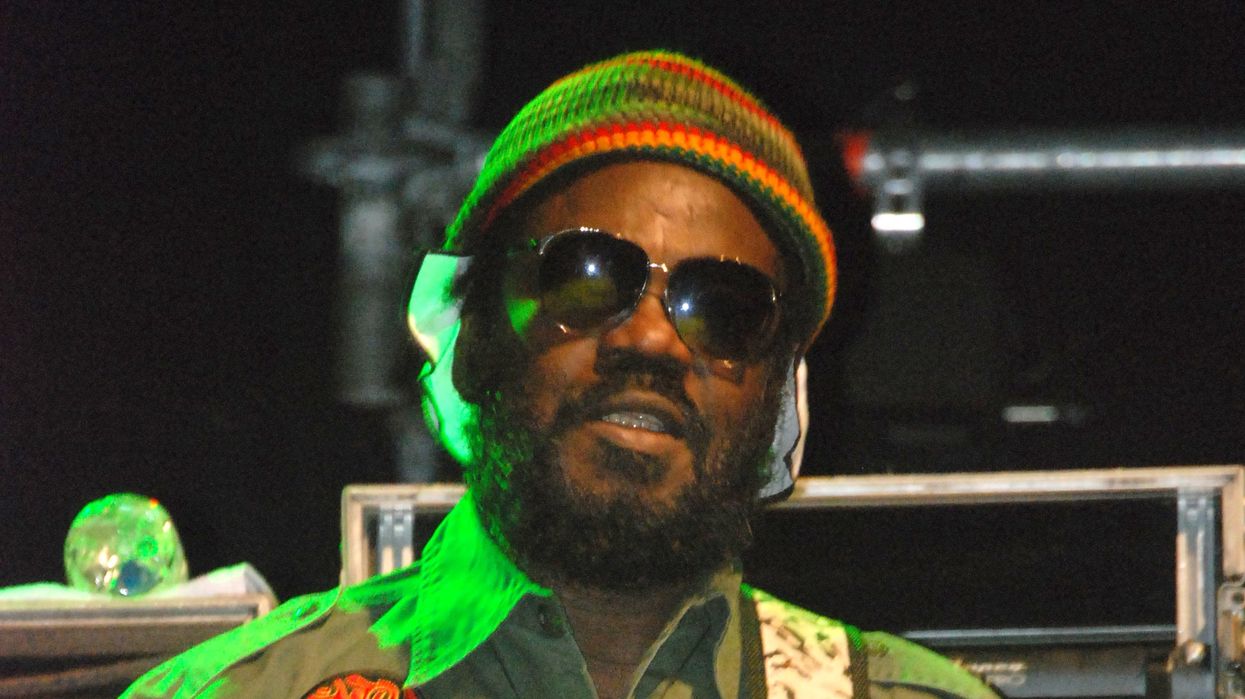
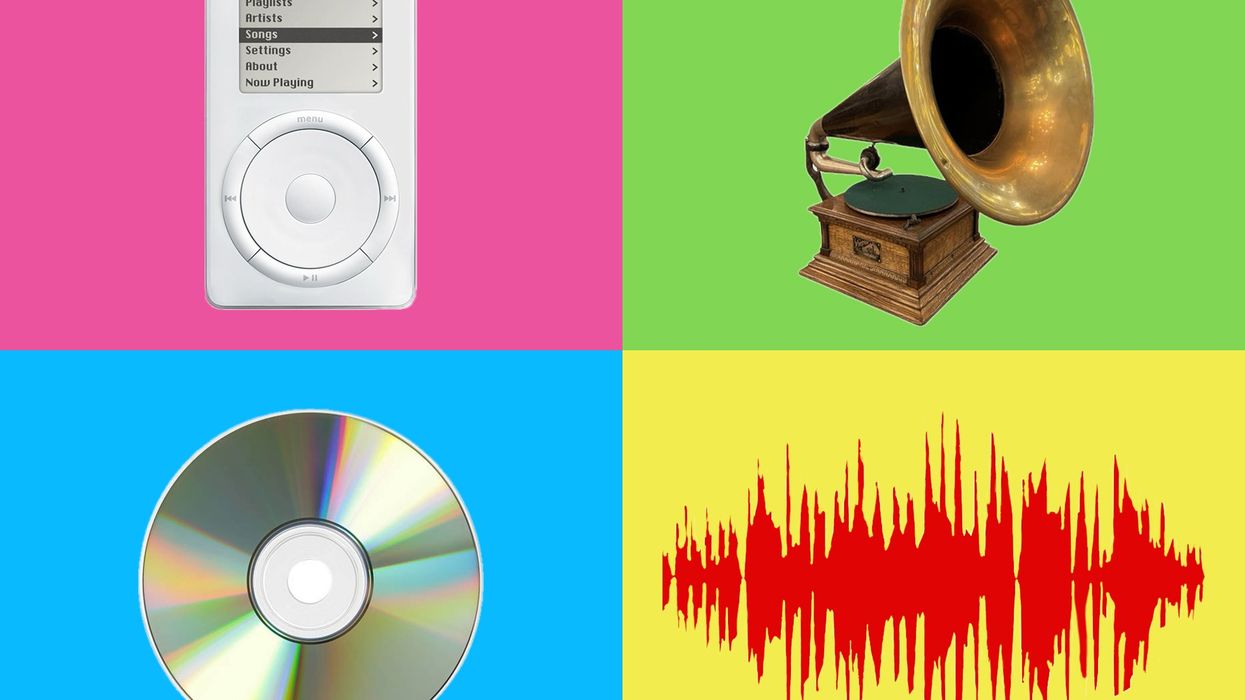
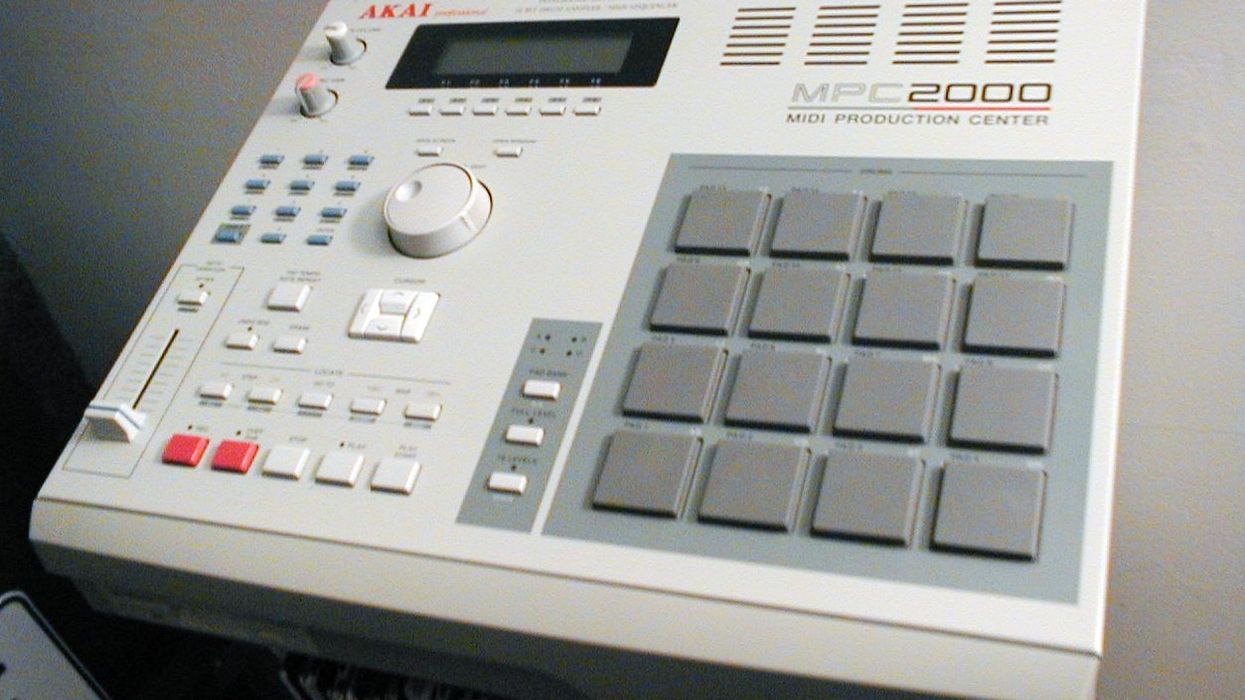
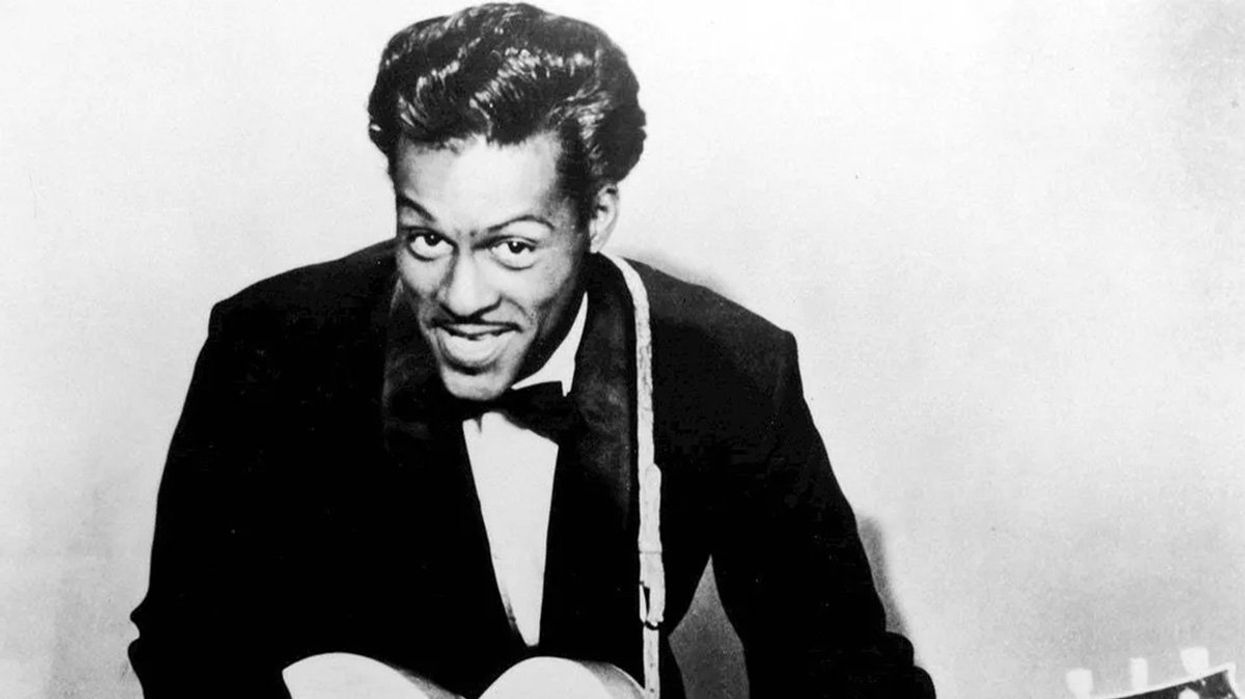
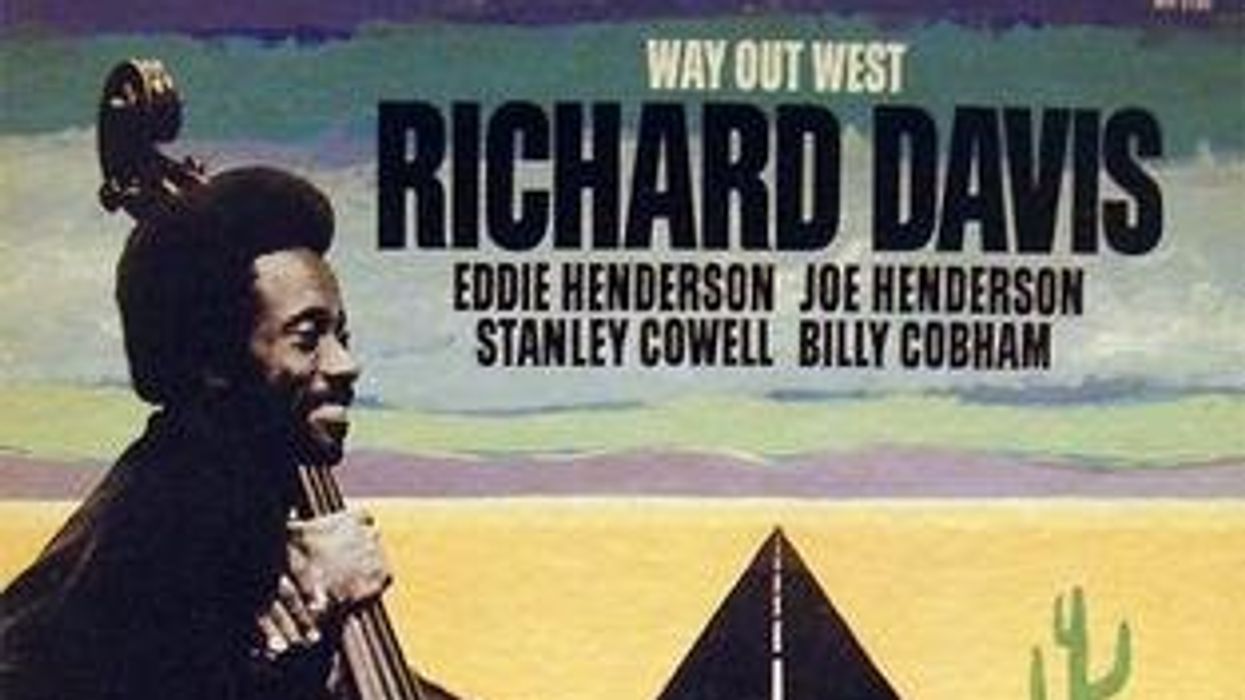



![Rig Rundown: Russian Circles’ Mike Sullivan [2025]](https://www.premierguitar.com/media-library/youtube.jpg?id=62303631&width=1245&height=700&quality=70&coordinates=0%2C0%2C0%2C0)


